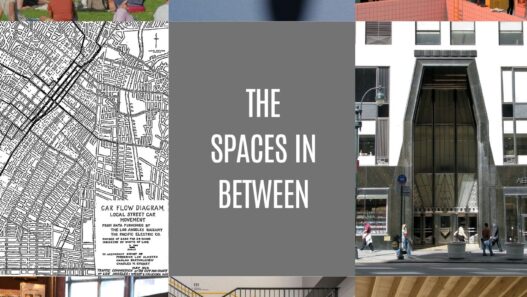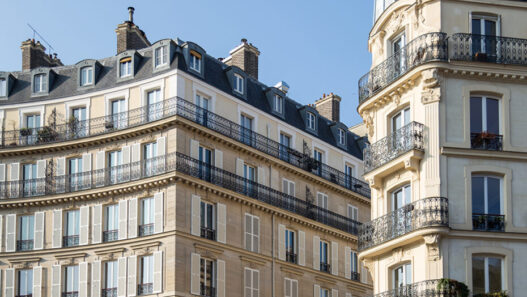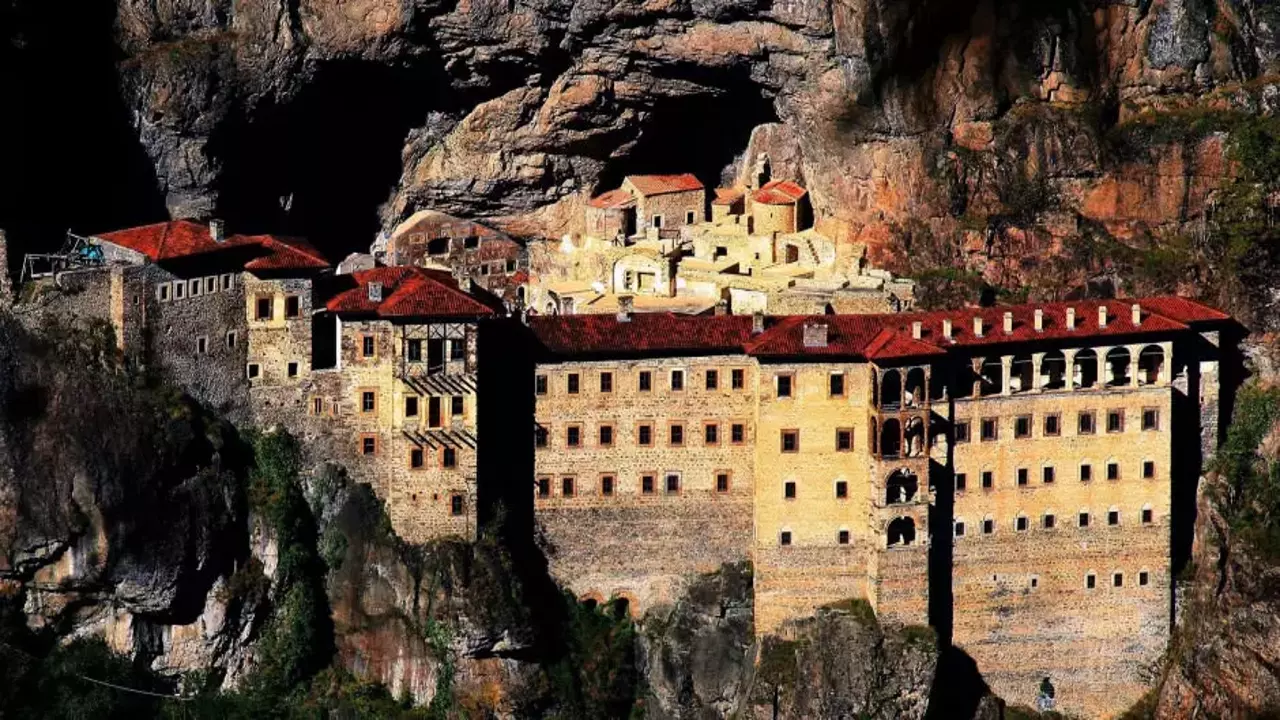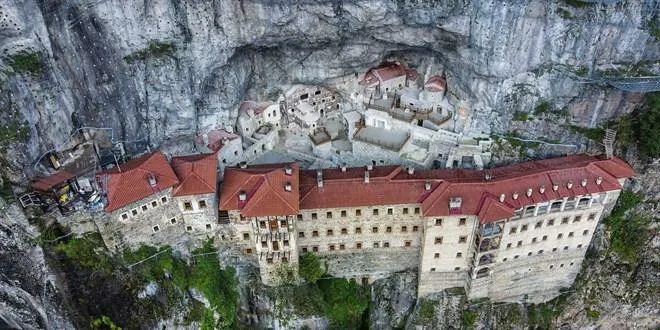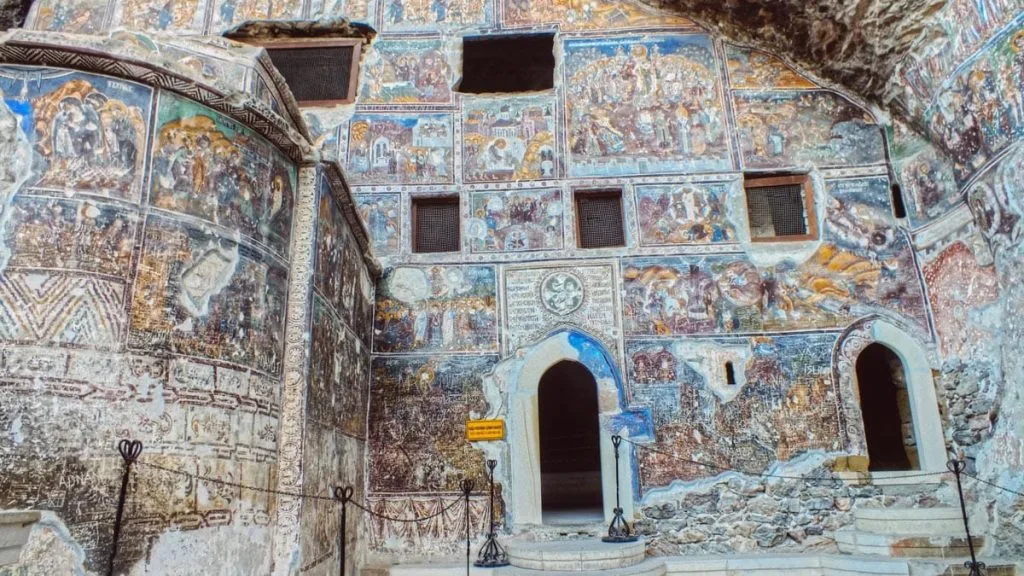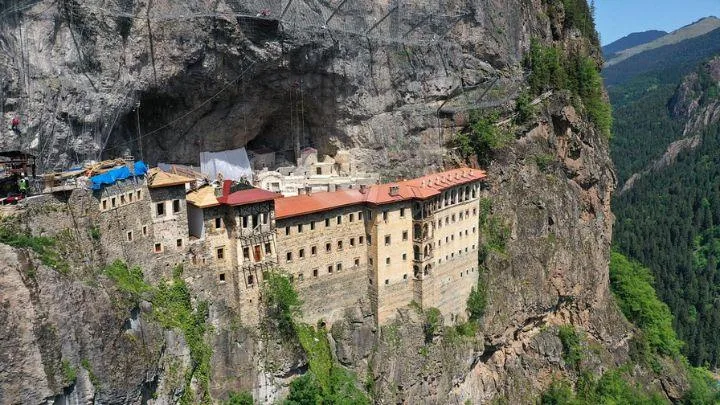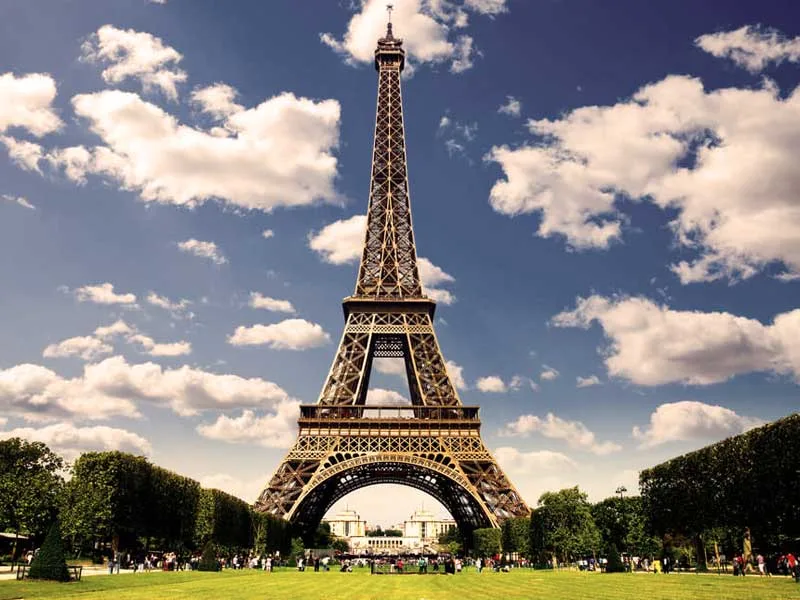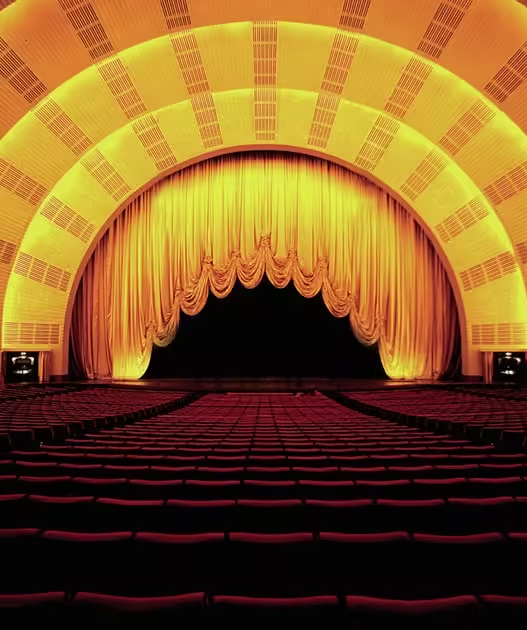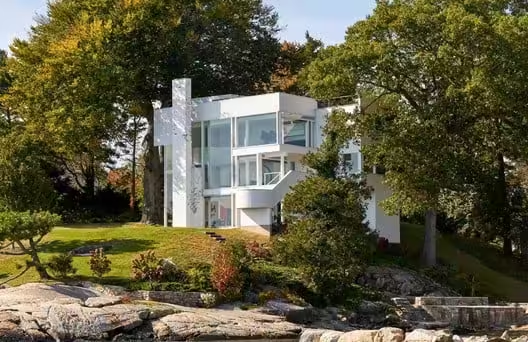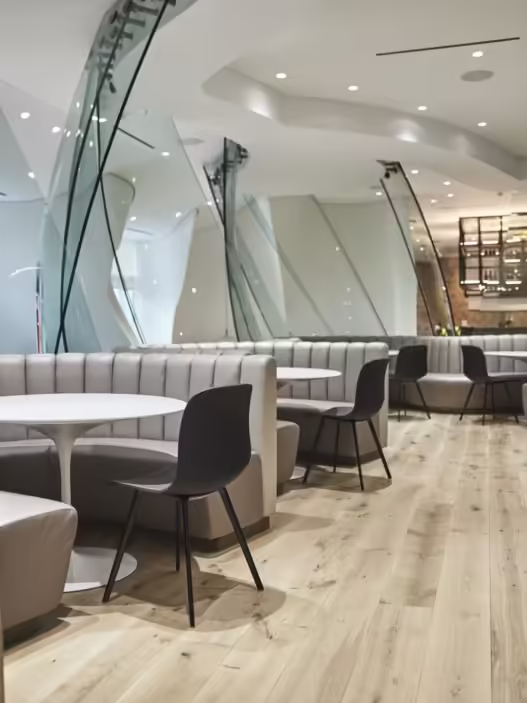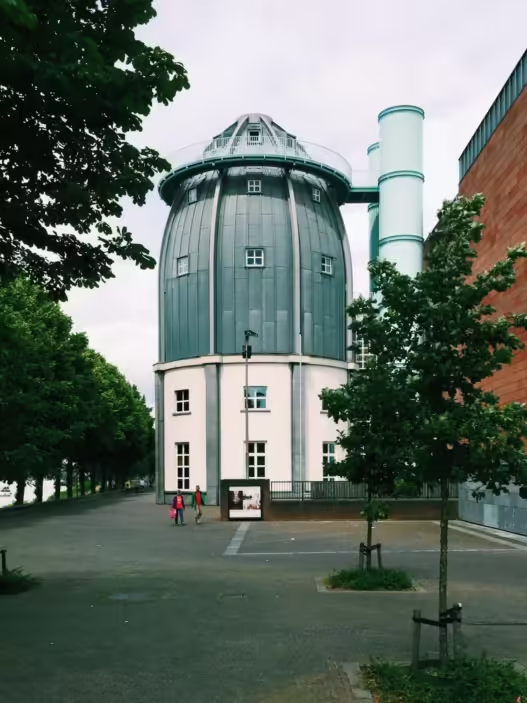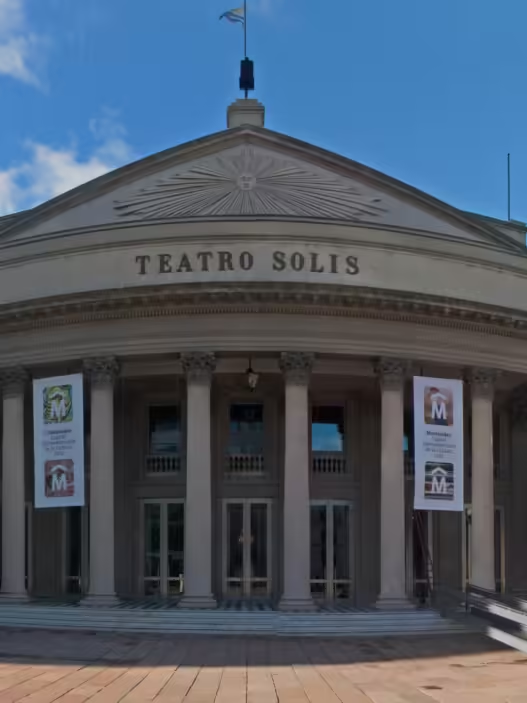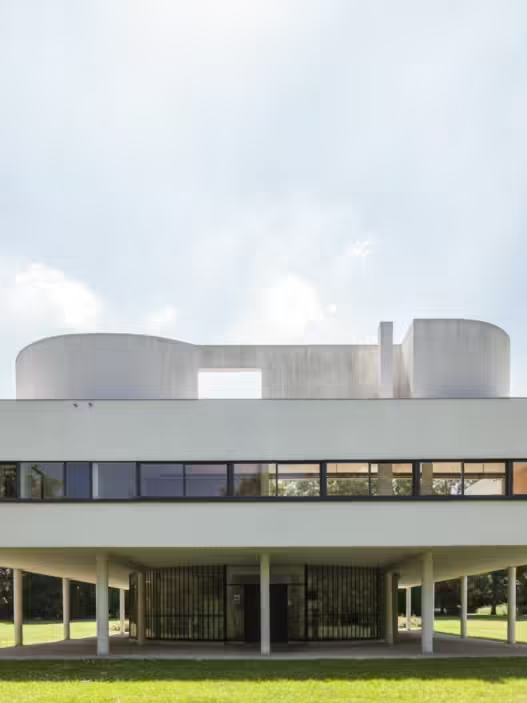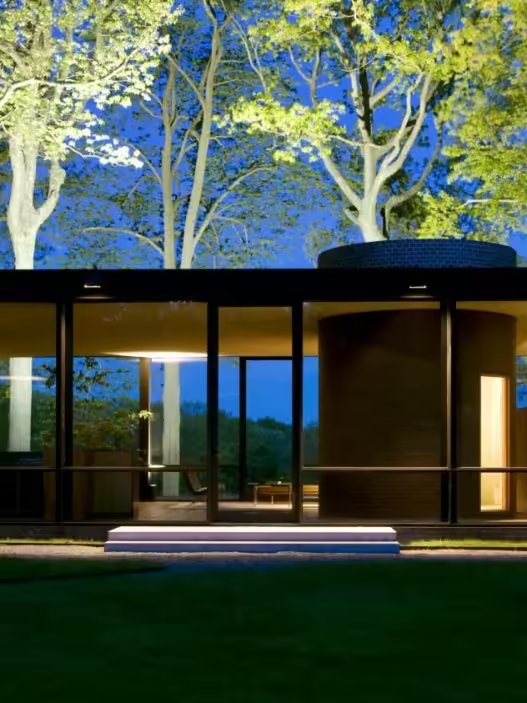Sumela Monastery is a building famous for its natural beauty and historical importance. Carved into a cave among the green mountains of the Black Sea, this monastery is located in Trabzon province. From an architectural point of view, the unique feature of the Sumela Monastery, carved into the natural rocks, is of great interest.
The monastery was built during the Byzantine period and has been expanded over time with various additions and restorations. It is possible to reach the inner courtyard by overcoming the high rock walls at the entrance. Here, the various parts and structures of the monastery can be seen. The structure includes the church, chapel, kitchen, cells and other living spaces. These areas were the places where the daily business of the monastery was conducted, as well as religious worship.
Architecturally, one of the remarkable elements of Sumela Monastery is that it was built in harmony with the natural rocks. Stonework has been skillfully used to ensure the durability of the monastery. Moreover, the frescoes and embroideries in the interiors reflect the artistic heritage of the Byzantine period and emphasize the religious and cultural significance of the monastery.
The Sumela Monastery has managed to survive for centuries despite many natural disasters and human interventions. Today, it allows visitors to explore the history and architecture of the monastery. It is also considered part of the natural beauty of the region and offers visitors the mystical atmosphere of the Black Sea. For this reason, Sumela Monastery is of great architectural, cultural and historical significance.
Let’s examine this magnificent structure together…
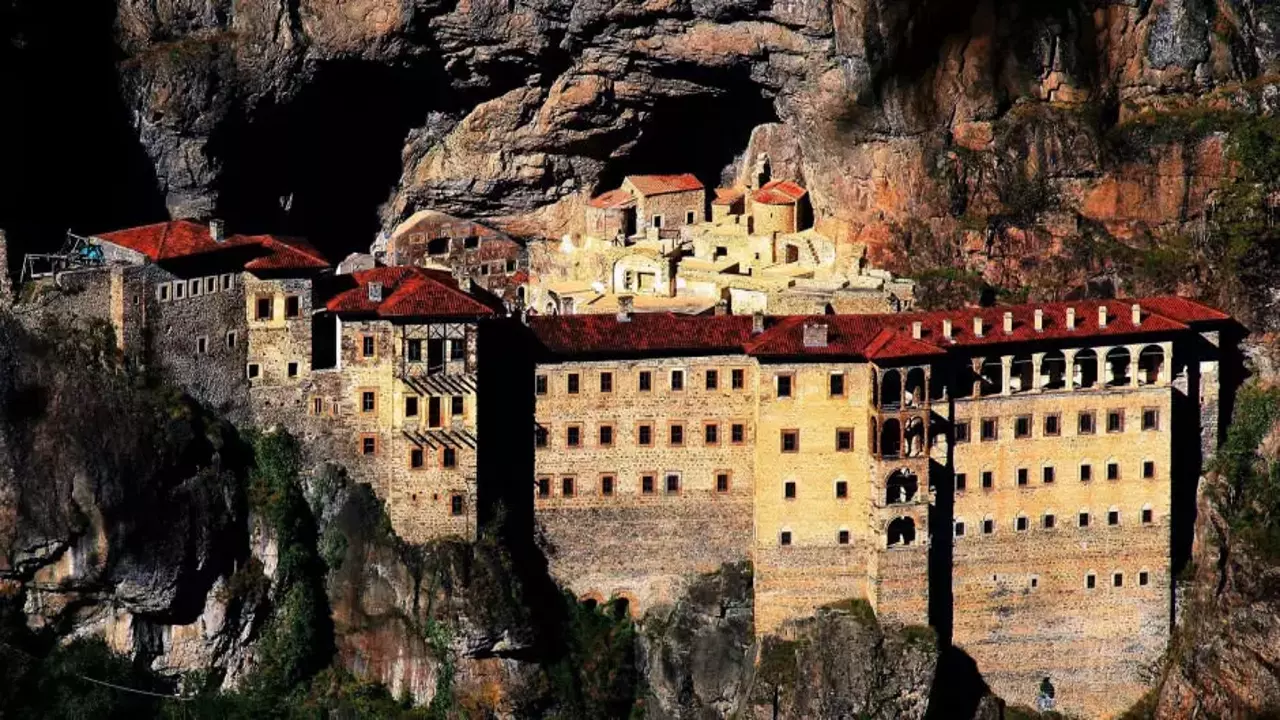
Key Points
- Sumela Monastery is a historical monastery located in the Maçka district of Trabzon.
- The monastery was built in the 4th century and has been expanded and restored over time.
- The architectural style is carved into the mountainside and built into the natural cliffs.
- The interiors are decorated with frescoes and decorated with religious motifs.
- The main buildings include the church, kitchen, guesthouse and library.
- The monastery served as the center of an important community of Christian monks during the Byzantine period.
- Sümela Monastery was nominated for the UNESCO World Heritage List for its natural and historical richness.
- Over time, various restoration works have been carried out and it has been opened to touristic visitors.
- The monastery is positioned in harmony with its natural surroundings and has impressive views.
- One of Turkey’s most important cultural and historical heritages, Sümela Monastery offers a unique experience for visitors.
Sumela Monastery
Sumela Monastery is located in the province of Trabzon in the Black Sea region of Turkey. The monastery is located in the Altındere Valley, surrounded by mountains and adorned with natural beauty.
Sumela Monastery is located in Altındere Village in the Maçka district of Trabzon. The location of the monastery offers visitors spectacular views and natural beauty.
Sumela Monastery in Trabzon stands out as a historical and cultural landmark. This monastery has a long history dating back to the Byzantine period and is one of the most important historical buildings in the Eastern Black Sea region.


Sumela Monastery is built on steep cliffs and is thought to have been constructed in the 14th century. This historical structure was a holy place for monks and monks during the Byzantine period. Inside the monastery there is a church, kitchen, cells and other important structures.
Sumela Monastery also draws attention with its architectural details. Walls adorned with carved ornaments, frescoes and stylized structures emphasize the uniqueness of the monastery. These architectural beauties are admired by visitors.
History of Sumela Monastery
Sumela Monastery is an important structure that fascinates with its history. The history of its construction and the changes it has experienced throughout the periods allow us to better understand the history of the monastery. The Sumela Monastery is located in the Maçka district of Trabzon and was built in the Middle Ages.
Although the exact date of the monastery’s construction is unknown, it is thought to have a history dating back to the Roman period in the 4th century. However, the Sumela Monastery we see today is largely a product of the renovation works carried out in the 13th century.


The monastery sits atop a rocky hill at an altitude of 386 meters and offers visitors an impressive view. At the time of its construction, Sumela Monastery was a center where monks trained and worshipped. It has also been a center of interest for pilgrims and tourists since the Middle Ages.
The historical significance of the monastery is of great value both religiously and culturally. Bearing the traces of both the Byzantine and Ottoman periods, the monastery allows visitors to touch the past and sheds light on the history of the region.
Historical Importance of Sumela Monastery
Sümela Monastery has been home to different religious groups throughout history and has been a place of worship for these groups. While it was known to be an important monastic center for Christians in the Middle Ages, it became a place visited by Muslim pilgrims during the Ottoman period.
Today, Sumela Monastery is recognized as one of the most important historical and touristic attractions in Turkey. Every year thousands of local and foreign tourists visit the monastery and explore the history and architecture of this fascinating structure. Sümela Monastery’s fascinating history, religious significance and impressive view make it an unforgettable experience for its visitors.
Architectural Features of Sumela Monastery
Sumela Monastery is an impressive building that stands out with its unique architectural features.
Building Materials
Limestone and stone materials found in the surrounding area were used in the construction of the Sumela Monastery. These durable materials have enabled the monastery to survive for centuries. At the same time, the workmanship on the walls of the monastery is remarkably skillful.
Building Style
The architectural style of Sumela Monastery belongs to the Byzantine period. The arched passages, dome shapes and carved ornaments, which are unique features of this period, reveal the uniqueness of the monastery. The breathtaking structure of the monastery offers visitors the opportunity to travel deep into history.

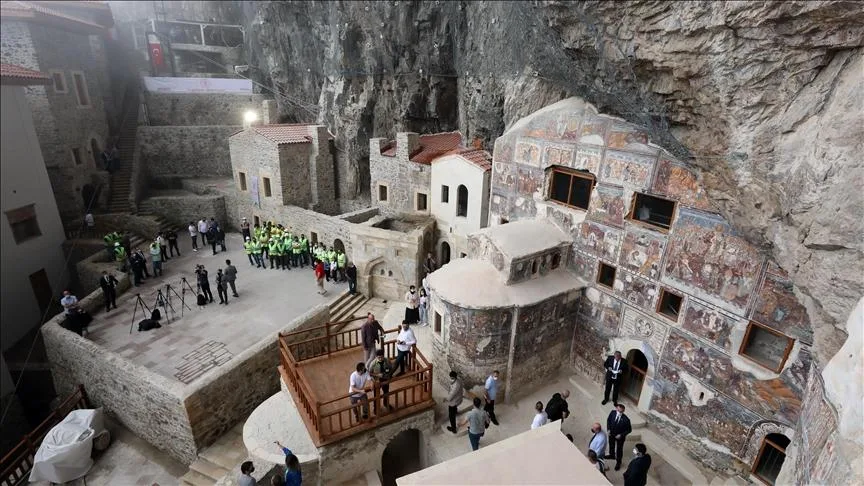
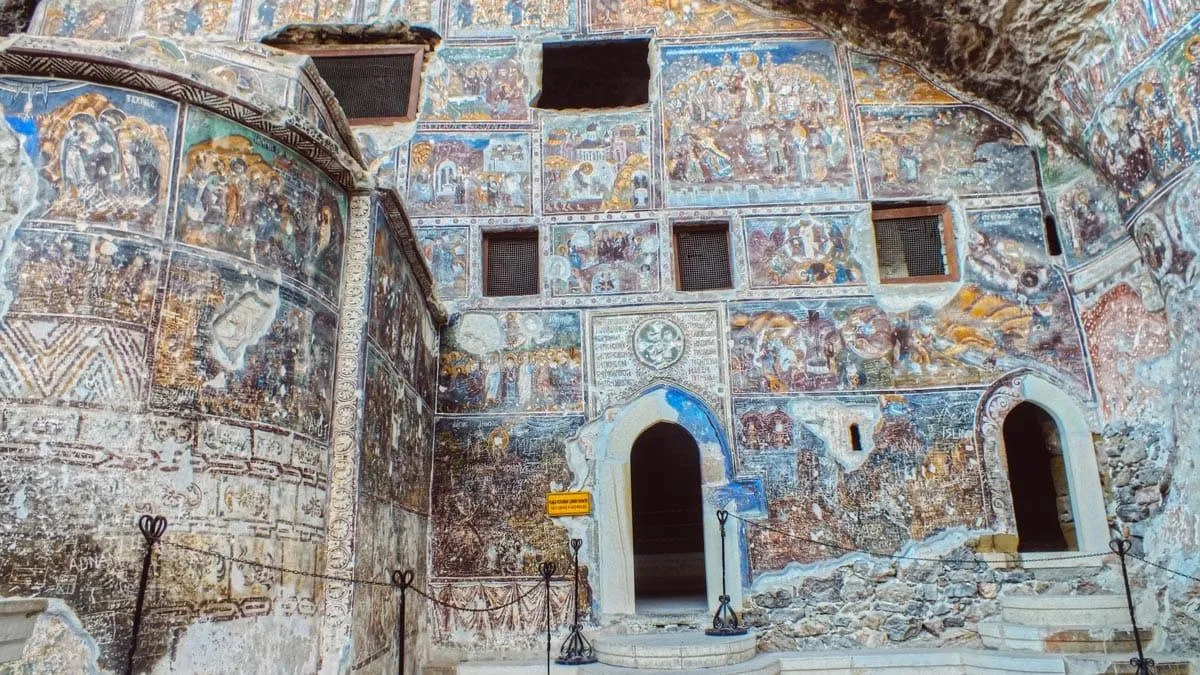
Carved Decorations
The carved decorations on the interior and exterior walls of Sumela Monastery are important examples of the art of the period. The detailed carving work on the walls increases the aesthetic value of the monastery. These carvings give the monastery a special place among religious monuments.
| Architectural Features | Description |
|---|---|
| Carved Decorations | Detailed carvings on the walls of Sumela Monastery |
| Archways | The arched passages at the entrance of the monastery reflect its architectural features |
| Dome Shapes | The domes of the monastery were built in accordance with Byzantine architecture |
| Building Materials | Limestone and stone materials used in the construction of the monastery |
Interiors of Sumela Monastery
Sumela Monastery has an impressive structure that attracts attention with its interiors. In this section, we will provide detailed information about the church, kitchen, cells and other important parts of the monastery. You will feel the historical atmosphere of the monastery as you explore the interiors.
Church
One of the most important interior spaces of Sumela Monastery is the church. This sacred area attracts attention with its carved stonework and frescoes of the period. The church offers an atmosphere full of faith and captivates visitors with its impressive details.
Cells
The cells in the interior of Sumela Monastery are where the monks lived. These small rooms reflect the isolated lifestyle of the monastery. The simple but impressive decoration of the cells conveys the atmosphere of the monastery’s period to the visitors.
The interiors of the monastery are important for understanding the historical and cultural significance of Sumela Monastery. You can visit these sections and experience the fascinating atmosphere of the monastery.
The View of Sumela Monastery
The impressive view of Sumela Monastery, combined with the mesmerizing beauty of nature, offers visitors an unforgettable experience. The monastery’s location, combined with the uniqueness of the surrounding natural landscapes, makes it a paradise for photographers and nature lovers.
The mountains, forests and valleys surrounding the monastery create an impressive natural scene. From the top of the Sumela Monastery, the majestic nature of Trabzon and the blue of the Black Sea come together. This view gives visitors a sense of peace and serenity.
The waterfalls and ponds in the valley where the monastery is located make the view of Sumela Monastery even more beautiful. These natural beauties enable visitors to integrate with nature and make their visit to the monastery unforgettable.
Restoration Process of Sumela Monastery
The restoration process of Sumela Monastery has been shaped by the works carried out in various periods throughout history. These restoration works have contributed greatly to the protection of the monastery and its transfer to future generations.
Historical Restorations
The restoration process of the Sumelka Monastery first began in the 19th century during the reign of Sultan Abdülmecid. The restoration work carried out during this period included basic maintenance and repairs to the monastery. However, a more comprehensive restoration process required more effort.
In 1963, during a ceremony in which the Turkish Air Force visited the Sumela Monastery, important steps were taken for the restoration of the monastery. With this ceremony, work on the restoration of the monastery gained momentum.
“The restoration of the Sumela Monastery not only saves a historical building, but also passes on our cultural heritage to future generations.”
Recent Restoration Works
The most recent restoration work began in 2015. During this period, the monastery was structurally secured and landscaped. Fire prevention systems and visitor facilities were also constructed in the forested area.
Protection of Sumela Monastery
The restoration of Sumela Monastery does not only include structural repairs. At the same time, measures are being taken to protect the monastery and pass it on to future generations. Measures such as landscaping and visitor restrictions aim to preserve the natural and historical values of the monastery.
Challenges in the Restoration Process
Many difficulties were encountered during the restoration process of the Sumela Monastery. The fact that the monastery was built on a rocky surface is a factor that makes restoration work difficult. In addition, the fragile nature of the impressive monastery and the high volume of visitors also pose challenges. However, the efforts made by teams of experts and local authorities show their commitment to the monastery’s preservation.
| Restoration Period | Restoration Works |
|---|---|
| 19th century | Basic repairs |
| 1963 | First serious restoration steps |
| 2015 | Latest restoration and security measures |
The Cultural Importance of Sumela Monastery
In this section, we will focus on the cultural significance of Sumela Monastery. Throughout history, Sumela Monastery has been home to different religious communities and witnessed various religious ceremonies. The monastery is one of Turkey’s important religious and cultural heritages and has become the center of attention for many tourists.
Sümela Monastery was built during the Byzantine period and over time became a place of worship for the Catholic and Orthodox Christian communities.
How to get to Sumela Monastery?
There are different transportation options to visit Sümela Monastery. Here is some practical information on how to get to Sumela Monastery:
Directions
Sumela Monastery is located in the Maçka district of Trabzon. Starting from Trabzon city center, a journey of approximately 50 kilometers is required. It is also possible to reach Sumela Monastery from Trabzon Airport.
Transportation Options
1. Private Vehicle: The easiest and most practical way to reach Sumela Monastery is by private car. It is recommended to use navigation to follow the signs throughout your journey.
2. Public Transportation: You can reach Sumela Monastery by bus from the center of Trabzon. After reaching Maçka district by buses departing from Trabzon Bus Station, you can go to Sumela Monastery by minibuses or taxi.
Visiting Hours
Sumela Monastery is usually open to visitors in the morning and closes in the evening. Visiting hours may vary depending on the season and tourist density. Visiting earlier, especially during the summer months, can help you avoid the heavy crowds. It is important to check the current visiting hours before visiting.
Frequently Asked Questions About Sumela Monastery
1. What is Sumela Monastery?
- Sumela Monastery, also known as Sümela Monastery, is a historical monastery located in Trabzon, Turkey. Nestled among the steep cliffs of the Altındere Valley, the monastery is a stunning architectural marvel.
2. When was Sumela Monastery built?
- Although the exact date of construction of the monastery is unknown, it is thought to have been founded by Greek Orthodox monks in the 4th century AD. However, the existing structures mostly date back to the 13th century, with subsequent additions and renovations over the centuries.
3. What is the architectural style of Sumela Monastery?
- Sumela Monastery displays a fascinating mix of architectural styles, including Byzantine, Greek and Persian influences. Its structures feature intricate stonework, frescoes and ornate decorations, demonstrating the mastery of its builders.
4. How was the Sumela Monastery built in such a dangerous location?
- The monastery’s location on the steep cliffs of the Altındere Valley posed significant challenges during its construction. However, skilled craftsmen and engineers utilized natural rock formations and advanced techniques of the time to create the monastery complex, which includes chapels, libraries and living quarters.
5. What are the remarkable features of Sumela Monastery?
- One of the most remarkable features of Sumela Monastery is the stunning frescoes that adorn the interior walls of its chapels and other structures. These frescoes depict scenes from religious texts, showcasing the artistic prowess of the Byzantine period.
6. How has the Sumela Monastery survived over the centuries?
- Although it has faced periods of neglect and abandonment, the Sumela Monastery has survived thanks to periodic restoration efforts by various rulers and religious groups. Its remote location has also contributed to its preservation, shielding it from the many conflicts and upheavals of history.
7. Is Sumela Monastery open to visitors?
- Yes, Sumela Monastery is open to visitors year-round, but access may be restricted at certain times for maintenance or restoration work. Visitors can explore the monastery complex, admire its architecture and frescoes and enjoy panoramic views of the surrounding valley.
8. How can visitors reach Sumela Monastery?
- To reach Sumela Monastery, visitors usually set off from the nearby city of Trabzon and travel by road to the Altındere Valley National Park. From here a hiking trail leads to the monastery complex, offering scenic views along the way.
9. Ziyaretçiler Sümela Manastırı’nı ziyaret ederken nelere dikkat etmelidir?
- Visitors should be prepared for a moderate hike to reach the monastery, as well as potentially steep and uneven terrain. It is also important to follow the rules and guidelines given at the monastery, respecting its religious significance and cultural heritage.
10. After visiting Sumela Monastery, are there places to explore nearby?
- Yes, Altındere Valley National Park offers opportunities for further exploration, including hiking trails, picnic areas and natural landmarks such as waterfalls. In addition, the nearby city of Trabzon offers historical sites, cultural attractions and culinary delights for visitors to enjoy.
My Thoughts About Sumela Monastery
The historical and cultural significance of Sumela Monastery is integrated with its natural beauty, offering visitors an unforgettable experience. This unique structure takes visitors on a journey to the past with its walls reeking of history, while soothing the soul with its magnificent view.
The experience here reinforces visitors’ commitment to both historical and natural heritage and encourages them to make new discoveries. Sümela Monastery is more than just a building; it is a cultural treasure and a monument worth passing on to future generations as a common heritage of humanity.
If you haven’t read it yet, you can also check out our review of Göbeklitepe – Zero to History…
Architect: Unknown
Architectural Style: Romanesque and Byzantine
Year: 386-395 (according to some sources rebuilt in the early 13th century)
Location: Altindere National Park, Trabzon, Turkey
Discover more from Dök Architecture
Subscribe to get the latest posts sent to your email.



